VALR Crypto Exchange Review - Fees, Features & How It Stacks Up in 2025

VALR Fee Calculator & Comparison Tool
Your Estimated Trading Costs
VALR: 0.00 USD
Binance: 0.00 USD
Coinbase: 0.00 USD
Kraken: 0.00 USD
(Based on current fee tiers)
Fee Comparison Table
| Exchange | Maker Fee | Taker Fee (Spot) | Taker Fee (Futures) | Leverage Limit |
|---|---|---|---|---|
| VALR | 0% | 0.05% | 0.04% | 1:10 |
| Binance | 0-0.02% | 0.04-0.1% | 0.02-0.04% | 1:125 |
| Coinbase | 0% (Pro) | 0.5% | 0.5% | 1:3 |
| Kraken | 0-0.16% | 0.16-0.26% | 0.02-0.05% | 1:5 |
VALR crypto exchange review is a South African‑based digital broker that launched in 2018 and went live for traders in 2021. It aims to bridge the gap between traditional fiat banking and the fast‑moving world of crypto‑assets, offering spot, futures, margin, staking and even tokenised stocks. With more than 1.5million registered users and backing from Pantera Capital and Coinbase Ventures, VALR has become a notable player in Africa’s crypto scene.
Quick Take
- Zero maker fees on spot and futures; taker fees start at 0.05% (spot) and 0.04% (futures).
- 75 crypto pairs, plus tokenised stocks (xStocks) and DeFi lending.
- Strong security - funds stored on Bittrex cold‑wallets, 2FA and SSL.
- Limited educational tools and no demo account - beginners may need external guides.
- Restricted in the US, Canada, India and several other jurisdictions.
What VALR Offers
The platform is built around five core services:
- Spot trading - 0% maker, 0.05% taker fees. Over 75 crypto assets, including Bitcoin, Ethereum, Litecoin and Solana.
- Futures contracts - 0% maker, 0.04% taker fees, up to 1:10 leverage.
- Staking & lending - hourly rewards on select assets; automated DeFi lending options.
- Tokenised stocks (xStocks) - fractional exposure to real‑world equities without leaving the exchange.
- VALR Pay - QR‑code payments to mobile numbers or VALR Pay IDs, a unique feature for peer‑to‑peer crypto transfers.
Deposits can be made via wire, SEPA, EFT or South African credit/debit cards. Minimum deposits are ZAR0, US$10 or €1 depending on the chosen currency.
Fee Structure in Detail
| Exchange | Maker Fee | Taker Fee (Spot) | Taker Fee (Futures) | Leverage Limit |
|---|---|---|---|---|
| VALR | 0% | 0.05% | 0.04% | 1:10 |
| Binance | 0‑0.02% | 0.04‑0.1% | 0.02‑0.04% | 1:125 |
| Coinbase | 0% (Pro) | 0.5% | 0.5% | 1:3 |
| Kraken | 0‑0.16% | 0.16‑0.26% | 0.02‑0.05% | 1:5 |
VALR’s zero‑maker model is especially attractive for high‑volume market makers. The platform also runs a referral program that can shave another 15% off fees when you bring friends onboard.
Security & Compliance
Security is where VALR really shines. All user funds are stored in the international Bittrex custodial system, which adds an extra layer of insurance beyond the exchange’s own cold‑storage vaults. Two‑factor authentication (2FA), SSL encryption, and regular penetration testing are standard. There have been no reported breaches or regulatory violations to date.
On the compliance side, VALR follows South African tax reporting rules and complies with international anti‑money‑laundering (AML) standards. However, it does not hold a licence from the Financial Sector Conduct Authority (FSCA) or any major overseas regulator, a fact that could give institutional investors pause.
User Experience - What Real Traders Say
The mobile app (Android & iOS) holds a 4.3‑star rating on Google Play with over 500k downloads. Users praise the clean UI, fast order execution and the uniqueness of VALR Pay. A typical comment reads: “The platform is smooth and easy to use; if you want to invest in crypto, VALR is one of the best SA options.”
Common complaints focus on the thin educational content and limited crypto selection. While the exchange lists 75 assets, many traders miss newer DeFi tokens that are readily available on Binance or Kraken. International users also note the fiat‑on‑ramp is tied to South African banks, which can be a barrier for non‑SA residents.
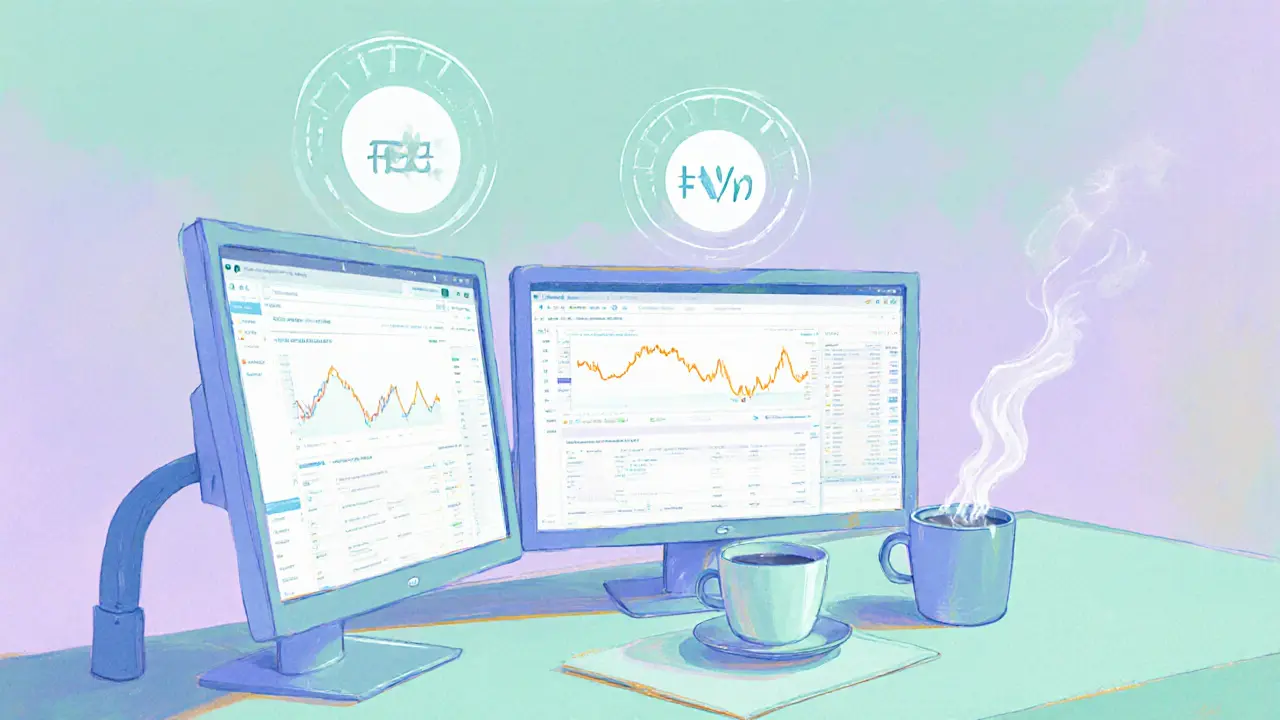
Strengths, Weaknesses, Opportunities, Threats (SWOT)
- Strengths: Zero maker fees, strong security, regional expertise, attractive referral program.
- Weaknesses: Small asset list, limited education, no demo account, regulatory gaps.
- Opportunities: Expanding tokenised stock offerings, adding more altcoins, obtaining FSCA licence, tapping other emerging African markets.
- Threats: Competition from global giants, regulatory tightening, country restrictions (US, Canada, India, etc.).
How VALR Compares to Competitors
When you line up VALR against the biggest global exchanges, the picture becomes clearer:
- Fee advantage: VALR’s taker fees are lower than Coinbase and comparable to Binance’s lowest tiers.
- Asset breadth: Binance lists over 600 tokens; VALR’s 75‑token roster feels restrictive for heavy diversifiers.
- Regulatory posture: Binance and Kraken hold multiple licences worldwide; VALR’s limited licensing may deter risk‑averse institutions.
- Regional focus: VALR’s deep integration with South African banking and local support is a clear win for users in that market.
Getting Started - Step‑by‑Step Guide
- Visit valr.com and click “Sign Up”.
- Enter your email, create a password and verify the account via the email link.
- Complete KYC - upload a government ID, proof of address and a selfie for facial verification.
- Link a South African bank account (EFT) or use a credit/debit card for fiat deposits.
- Deposit at least US$10 (or equivalent) and you’re ready to trade.
After funding, navigate to the “Spot” tab, pick a pair (e.g., BTC/ZAR), set your order type (market or limit) and hit “Buy”. The process takes under five minutes from start to first trade.
Advanced Features for Pro Traders
Professional users can tap into:
- Institutional‑grade API - REST endpoints for order routing, market data and account management.
- Futures with hourly settlement - ideal for scalpers who need quick payout cycles.
- Margin trading up to 1:10 - useful for short‑term leverage strategies.
- Liquidity mining rewards - up to 5million USDT allocated for top futures traders as of Oct2025.
These tools demand a solid risk management plan; the platform does not provide built‑in stop‑loss automation on futures, so manual monitoring is essential.
Future Outlook - Where VALR Is Heading
VALR’s roadmap hints at three strategic moves:
- Broader asset coverage - adding more DeFi and meme tokens to stay competitive.
- Regulatory expansion - pursuing an FSCA licence and exploring partnerships that could open doors to EU markets.
- Real‑world asset tokenisation - scaling the xStocks line and experimenting with tokenised commodities.
With solid venture backing and a clear focus on emerging markets, VALR is positioned to grow beyond South Africa. However, its success will largely depend on expanding the crypto catalog, improving educational resources, and navigating stricter global regulations.
Frequently Asked Questions
Is VALR safe for storing large amounts of crypto?
Yes. VALR stores the bulk of user funds in the internationally recognised Bittrex custodial system, uses cold‑storage vaults, 2FA and SSL encryption. No major hacks have been reported to date.
Can I trade on VALR if I live outside South Africa?
International users can create accounts and trade crypto‑to‑crypto, but fiat deposits/withdrawals are limited to South African banks. The platform is blocked in the US, Canada, India, Russia, and several other jurisdictions.
How do VALR’s fees compare to Binance?
Both exchanges offer zero maker fees. VALR’s taker fee on spot trades is 0.05% versus Binance’s 0.04‑0.1% tiered rates. For futures, VALR charges 0.04% taker, slightly lower than Binance’s 0.02‑0.04% depending on volume.
Does VALR provide a demo or paper‑trading account?
No. VALR does not currently offer a sandbox or demo environment. New traders often use external simulators or start with a very small real‑money position.
What is VALR Pay and how does it work?
VALR Pay lets you send crypto or fiat to any mobile number or VALR Pay ID using a QR code. The recipient receives the funds instantly in their wallet, making peer‑to‑peer transfers as easy as a text message.

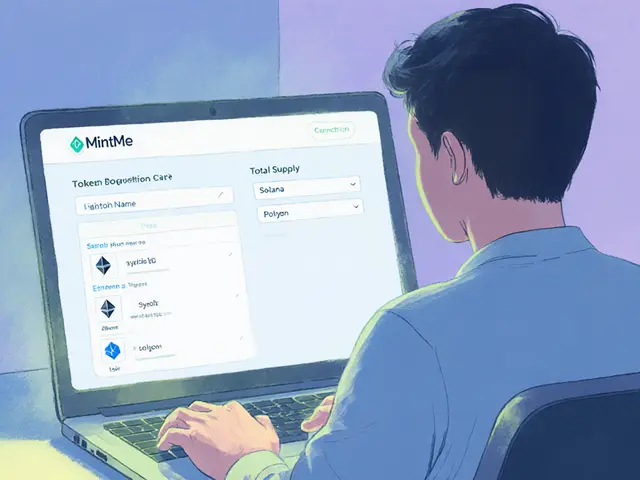

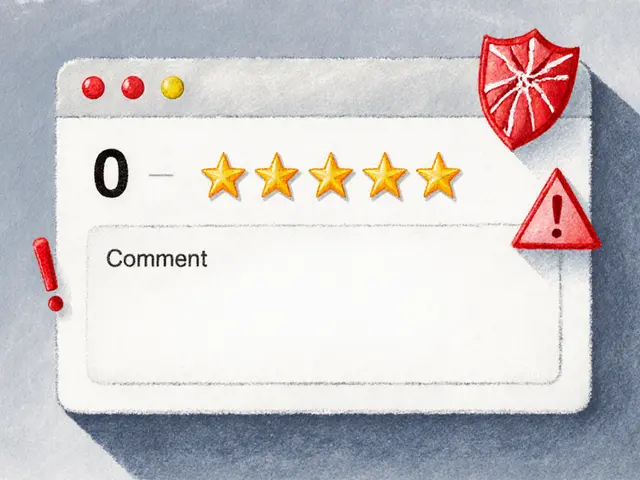

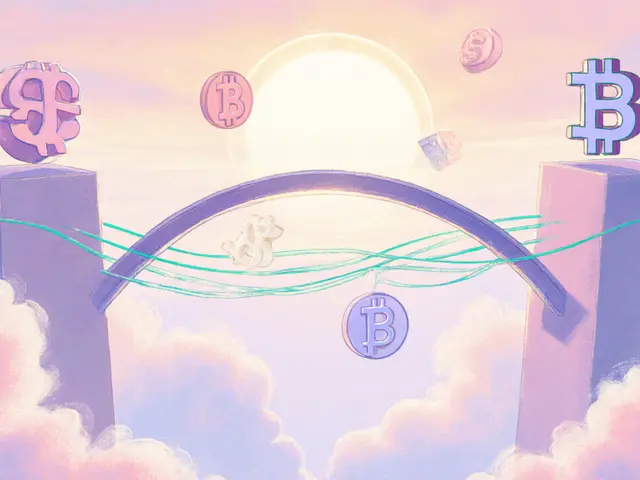


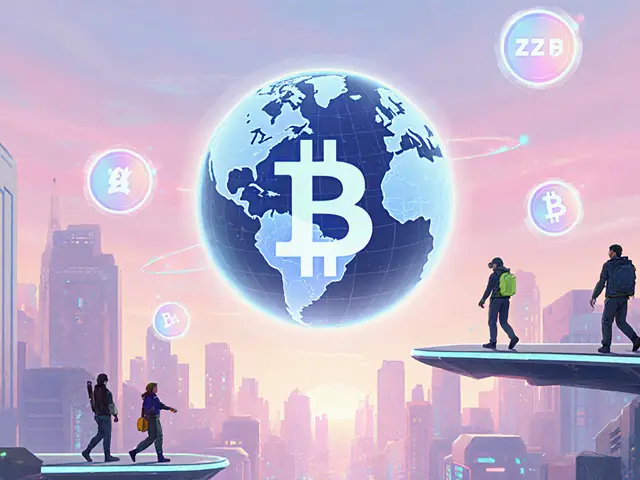
I've been digging into the VALR fee structure for a while now, and there are a few things worth highlighting. First off, the 0% maker fee is genuinely attractive for liquidity providers, especially when you compare it to the 0-0.02% on Binance.
Second, the taker fee of 0.05% on spot trades sits nicely between the higher tiers of Coinbase (0.5%) and Kraken (0.16-0.26%).
Third, the futures taker fee of 0.04% is competitive, though the leverage cap at 1:10 is modest compared to Binance's 1:125.
That said, you should also consider the deposit and withdrawal fees, which can be a hidden cost.
VALR's user interface is clean and responsive, making it easy for newcomers to navigate.
Security-wise, they employ industry‑standard cold storage and two‑factor authentication, which gives me peace of mind.
On the downside, the lack of advanced order types might be a deal‑breaker for seasoned traders.
Liquidity is decent for major pairs but can dry up on some altcoins.
Customer support is fairly responsive, though response times can vary during peak hours.
If you’re a South African trader, the local fiat on‑ramps are a huge plus, streamlining the deposit process.
For global users, the fiat options are limited, so you may need to rely on crypto transfers.
Overall, VALR offers a solid middle ground: lower fees than many western exchanges without the extreme complexity of some Asian platforms.
It’s especially appealing if you value a straightforward fee schedule and a user‑friendly experience.
Just be aware of the limited leverage if you’re into high‑risk futures trading.
In summary, VALR stacks up well in 2025: competitive fees, decent features, and a respectable security posture.
Honestly, the VALR fee model is a bit of a mixed bag when you peel back the layers. While the 0% maker fee sounds sexy, the underlying liquidity constraints on less popular pairs can turn that advantage into a nightmare for anyone trying to execute sizable orders without slippage. Their futures offering is basically a sandbox compared to the aggressive leverage options you see elsewhere, which makes me wonder if they're trying to attract risk‑averse users or just playing it safe. All in all, it's a respectable platform, but not exactly a game‑changer.
While the fee structure may seem appealing at first glance, it's crucial to stay aware of the practical limitations, especially regarding liquidity on niche pairs. Staying within one's risk tolerance and understanding the platform's constraints can help avoid unexpected outcomes.
VALR does a decent job balancing fees and user experience. The interface feels intuitive, and the fee tiers are transparent. If you're just getting started, it's a solid place to experiment without getting burned by hidden costs.
One thing I appreciate about VALR is the clarity in their fee breakdown. No surprise spikes when you cross a volume threshold, which makes budgeting your trades easier. Plus, their support team seems genuinely helpful when you hit a snag.
From a strategic standpoint, VALR's limited leverage is a glaring weakness. In an era where competitive platforms push 1:100+ margins, a 1:10 cap feels antiquated and could drive serious traders to seek alternatives.
Totally get where you're coming from about the leverage limits, but think of VALR as a stepping stone. It's great for building a solid foundation before moving onto higher‑risk venues. Keep grinding, and you'll find the right fit.
VALR's security measures are commendable; two‑factor authentication and cold storage are standard, but they've executed them well. That's a big plus for anyone wary of exchange hacks.
While the fee schedule appears competitive, the platform's limited range of advanced order types may deter professional traders seeking more nuanced strategies.
Not impressed.
It is incumbent upon educated investors to scrutinize the fine print of any exchange's fee structure, as superficial comparisons often obscure hidden inefficiencies. VALR's ostensibly low maker fee, while attractive on paper, must be weighed against the platform's limited liquidity in non‑major pairs, which could inflate slippage costs. Moreover, the modest 1:10 futures leverage caps undermine its appeal to high‑frequency traders accustomed to the expansive margin offerings of larger competitors. In the grand calculus, a platform's overall value proposition extends beyond raw percentages; it encompasses user experience, regulatory compliance, and the robustness of its custodial safeguards. Therefore, a holistic assessment is essential before forming a definitive judgment.
VALR's UI is sleek, and their customer service actually replies within a reasonable timeframe. If you're looking for a no‑frills exchange with decent security, it fits the bill.
From a philosophical perspective, the trade‑off between simplicity and feature richness is evident here. VALR leans heavily toward accessibility, which may be ideal for newcomers but could alienate seasoned professionals seeking intricate tools.
VALR provides an approachable entry point for traders, especially in regions where fiat on‑ramps are limited elsewhere. Their educational resources are clear and concise, helping users grasp basic concepts before diving deeper.
Overall, the platform hits a sweet spot for basic traders: transparent fees, solid security, and decent support.
VALR's fee model is a thin veneer over a platform that lacks depth. Serious traders will find the tools insufficient for advanced strategies.
While I acknowledge the platform's basic functionality, its shortcomings in advanced order types and leverage options make it less suitable for high‑volume traders seeking competitive edge.
VALR's overall vibe is chill and user‑friendly, though it could use a bit more polish in its advanced features.
From a philosophical angle, VALR embodies the principle of accessibility over complexity. It's a pragmatic choice for those prioritizing ease of use.
VALR offers a commendable balance between user friendliness and fee transparency, making it an attractive option for those who value simplicity without sacrificing essential functionality. The platform's intuitive design helps newcomers navigate the often‑intimidating world of crypto trading, while its competitive taker fees remain appealing for more experienced users. However, one should be mindful of its modest leverage limits, which may not satisfy high‑risk appetite traders seeking more aggressive positioning. In addition, the absence of a broader suite of advanced order types could be a limiting factor for sophisticated strategies. Nonetheless, for the majority of day‑to‑day traders, VALR presents a reliable and straightforward avenue to engage with the market.
I doubt VALR can keep up with the giants; its limited features make it a hobbyist's playground.
Don't be fooled by the low fees; beneath the surface lies a platform riddled with hidden inefficiencies and inadequate support.
If you're looking for a platform that's actually useful, VALR falls short in many critical areas.
VALR's approach to fees is refreshingly straightforward, and many users find the platform friendly, especially when starting out in crypto.
There's a hidden agenda behind these exchanges, and VALR is no exception; stay vigilant.